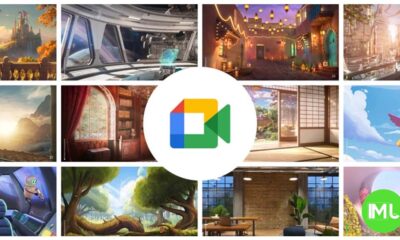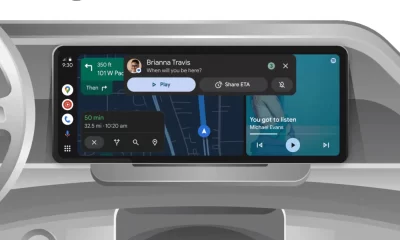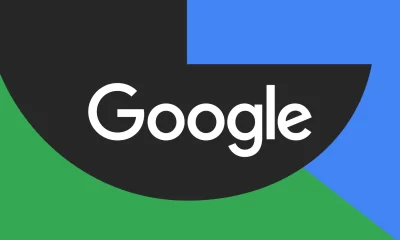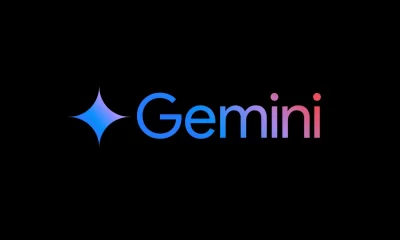Google and Qualcomm collaborate to bring AI-powered cars to life: What It Means for the Future
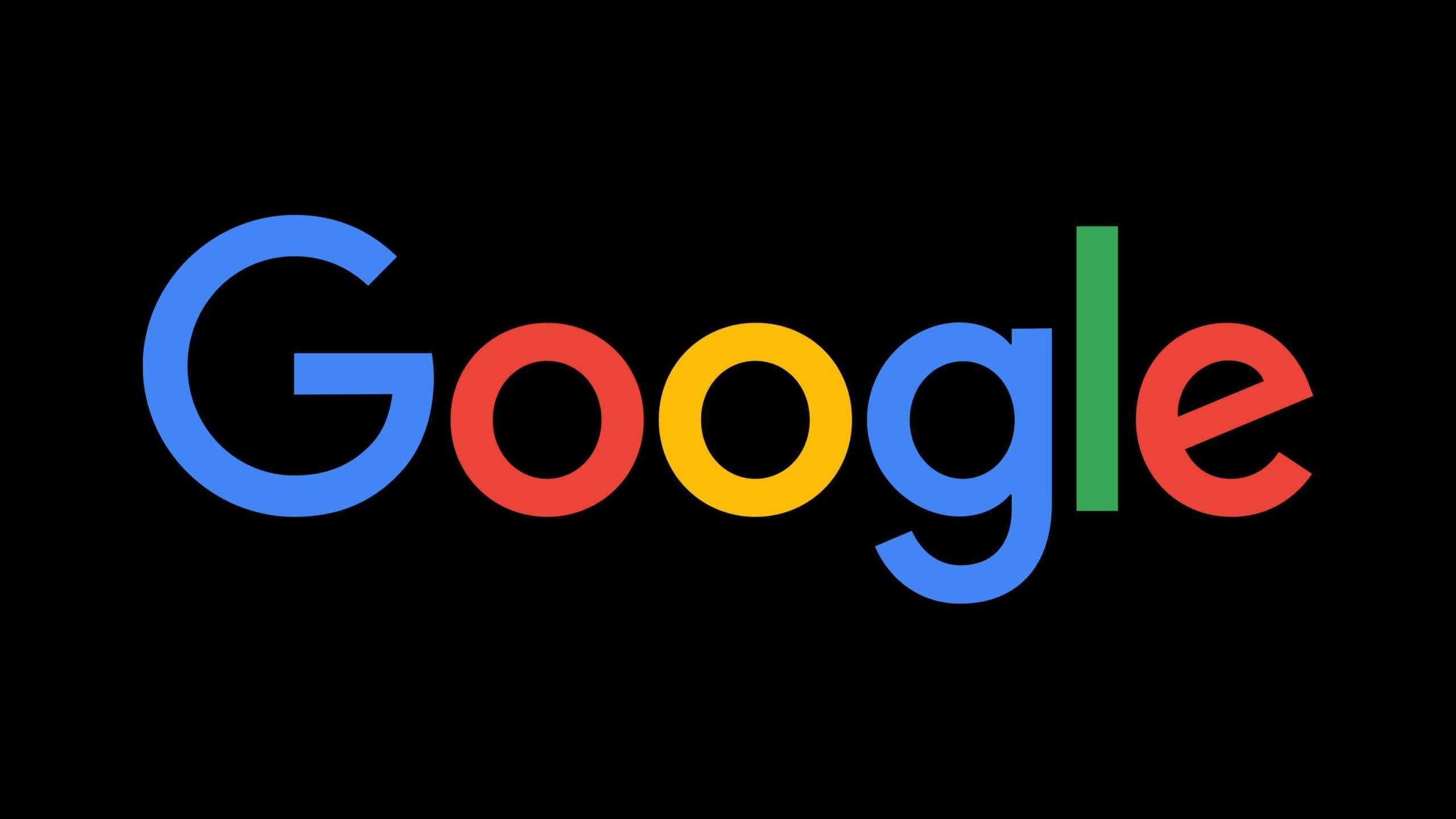
Google and Qualcomm have teamed up to bring generative AI (Gen AI) into the automotive industry. This partnership aims to improve the driving experience by integrating advanced artificial intelligence features directly into cars, making them more intelligent and responsive to drivers’ needs.
What is the Partnership About?
The two tech giants are collaborating through a “Multi-Year Strategic Collaboration” to develop a standardized platform that will allow automakers to easily integrate AI-powered features into their vehicles. This platform will make it simpler for car manufacturers to build smarter, more personalized cars using Qualcomm’s hardware and Google’s software.
How Will AI Improve the Driving Experience?
The key aspect of this collaboration is to create “Gen AI-enabled in-car experiences.” These features will enhance how cars interact with drivers and their surroundings, making the driving experience more intuitive and responsive. Some exciting examples include:
- Voice Assistants: AI-powered voice assistants will allow drivers to control various aspects of their car using natural speech. These assistants will be able to handle complex commands and provide real-time updates, such as adjusting navigation based on your schedule or recommending pit stops when you’re tired.
- Intelligent Navigation: The car will be able to access your calendar, understand your preferences, and pre-set navigation routes based on upcoming appointments. For instance, if you’re heading to a meeting, the car can automatically queue up directions to the location and even suggest the best route to avoid traffic.
- Proactive Suggestions: The car will detect when you’re getting drowsy and suggest pulling over for a break, recommending nearby coffee shops. It might also offer information about landmarks you pass or even interpret road signs and restaurant names as you drive by.
Building on Powerful Technologies
This collaboration will leverage several cutting-edge technologies to bring these features to life. Here’s a breakdown of the core platforms involved:
- Android Automotive OS: The in-car experience will be built on the Android Automotive Operating System (AAOS), which will provide a customizable interface that interacts with Google’s generative AI and Qualcomm’s hardware.
- Google Cloud: The cars will use Google Cloud to manage and process vast amounts of data in real-time. This will allow developers to create AI-driven applications faster, reducing the time it takes for new features to reach the market.
- Snapdragon Digital Chassis: Qualcomm’s Snapdragon Digital Chassis will provide the necessary computing power. Its processors will handle everything from voice recognition to real-time driver updates, thanks to optimizations designed specifically for automotive applications.
Qualcomm’s Role: Powering the Future of Cars
Qualcomm is also bringing its custom CPUs, like the Oryon chip, to automotive platforms. The Snapdragon Cockpit Elite and Snapdragon Ride Elite will offer significant performance improvements, including:
- Enhanced Display Capabilities: The new Snapdragon chips will power up to 16 high-resolution displays in the car, providing a richer, more immersive experience for drivers and passengers.
- Improved Performance: Qualcomm’s latest chips deliver 3x the performance of their predecessors, allowing for more complex AI-driven tasks. The Neural Processing Unit (NPU) in these chips is 12x faster, meaning that tasks like voice recognition, image processing, and real-time updates will be quicker and more accurate.
The Benefits for Car Manufacturers
For automakers, this partnership simplifies the development process. By using Google’s AI tools and Qualcomm’s hardware, manufacturers can bring new features to market faster. This “plug-and-play” approach allows them to focus on designing innovative vehicles without having to build the complex AI systems from scratch.
Additionally, Qualcomm’s Snapdragon Connected Services Platform, which operates on Google Cloud, provides an API-driven model that ensures cars can stay connected and upgradable. This means that over-the-air updates can continuously improve vehicle features, even after the car has been sold, creating a future-proof solution for automakers and customers alike.
What Does This Mean for the Future of Driving?
This collaboration between Google and Qualcomm is a significant step forward in the development of AI-powered vehicles. It promises to make cars smarter, safer, and more connected. By using AI to anticipate drivers’ needs and enhance the driving experience, this partnership has the potential to revolutionize how we interact with our cars.
In the future, you can expect cars that are not just modes of transportation but intelligent companions that help you navigate your day, keep you safe, and offer a more personalized driving experience. With real-time updates, proactive suggestions, and advanced voice assistants, the road ahead looks exciting for AI in the automotive world.
Google Meet gets a fresh new look with Material 3 design
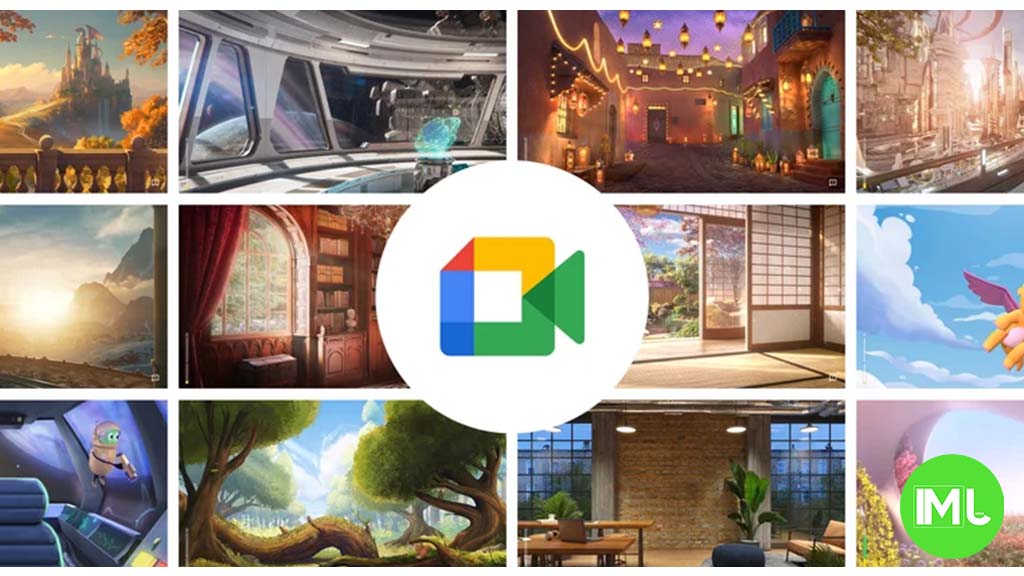
Google Meet is getting a big update to its look, thanks to the new Material 3 design. This change brings a cleaner and more modern style to the video calling app, making it easier and more enjoyable to use.
With Material 3, Google Meet now has rounder buttons, softer colors, and better spacing between elements. The main controls, like the microphone, camera, and end call buttons, are now larger and easier to tap. The icons and text are also clearer, which helps users find what they need quickly during a call.
Another improvement is the new “expressive” color system. This feature lets the app’s colors match your device’s wallpaper or theme, giving each user a unique and personalized experience. The changes also make Google Meet more accessible, as the new design is easier to read and use for everyone, including people with vision difficulties.
These updates are rolling out to both web and mobile versions of Google Meet. Google says the new look will help people feel more comfortable and focused during their meetings. Overall, the Material 3 update makes Google Meet not only look better but also work better for all its users.
Android
Easy ways to change Android Auto’s look with light and dark themes
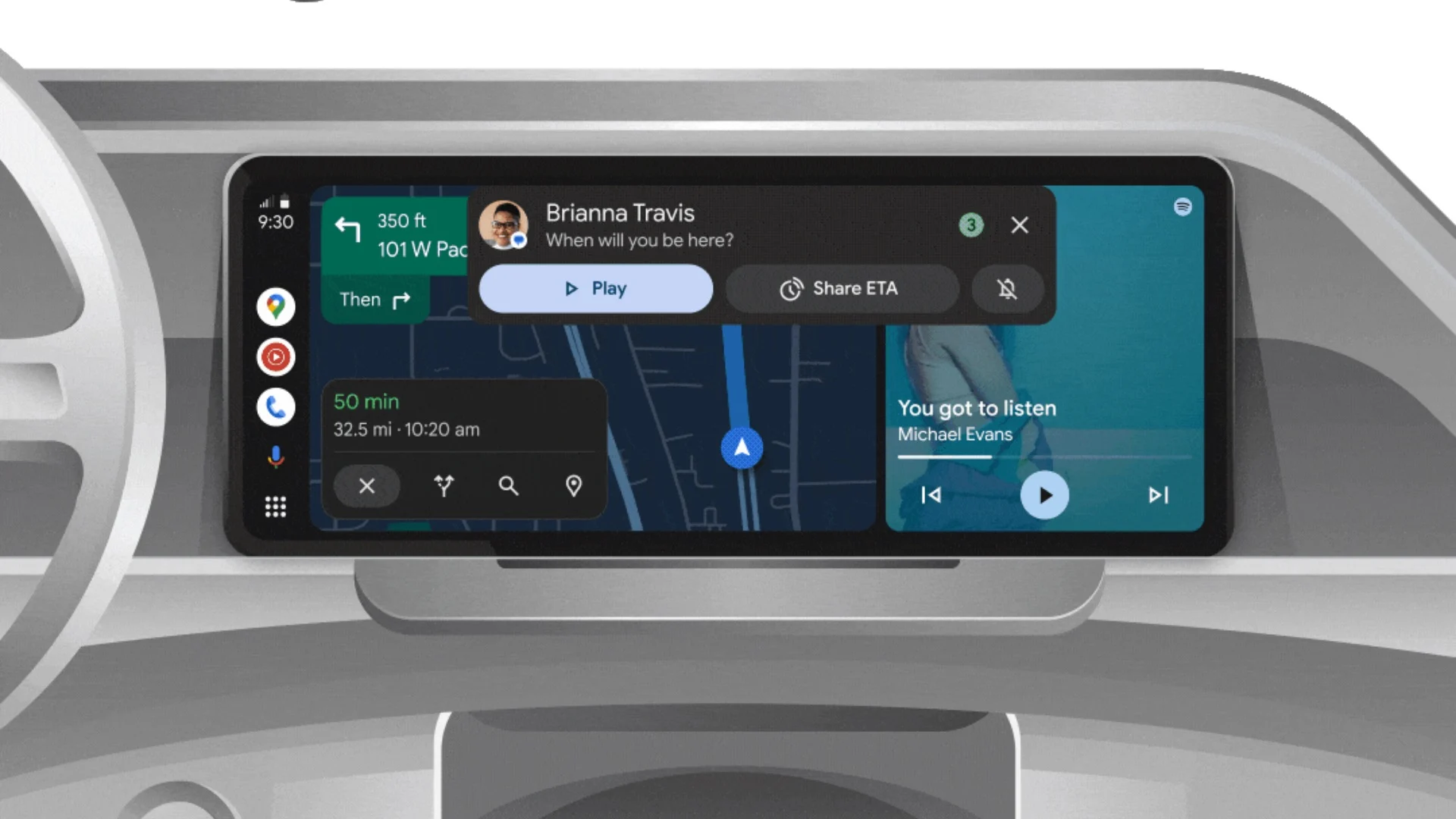
Android Auto is a helpful tool that lets you use your phone’s apps safely while driving. It connects your phone to your car’s screen, making it easier to use maps, music, and calls. One of the features many people like is the ability to change how Android Auto looks by switching between light and dark themes.
How to switch between light and dark themes
Android Auto offers two main themes: light and dark. The light theme uses brighter colors, which can make the screen easier to see during the day. The dark theme uses darker colors, which can be more comfortable for your eyes at night or in low light.
To change the theme, follow these steps:
- Open the Android Auto app on your phone.
- Go to the settings menu.
- Find the “Theme” option.
- Choose between “Light,” “Dark,” or “Set by car” (this lets your car decide the theme based on the time of day or your car’s settings).
Why themes matter
Using the right theme can make driving safer and more comfortable. The light theme is good for bright days, while the dark theme helps reduce glare at night. Having these options means you can pick what works best for you, making Android Auto easier to use in any condition.
In short, Android Auto’s theme options are simple to use and help you drive more safely by making the screen easy to see, no matter the time of day.
Google Drive and Files by Google get fresh updates for easier use
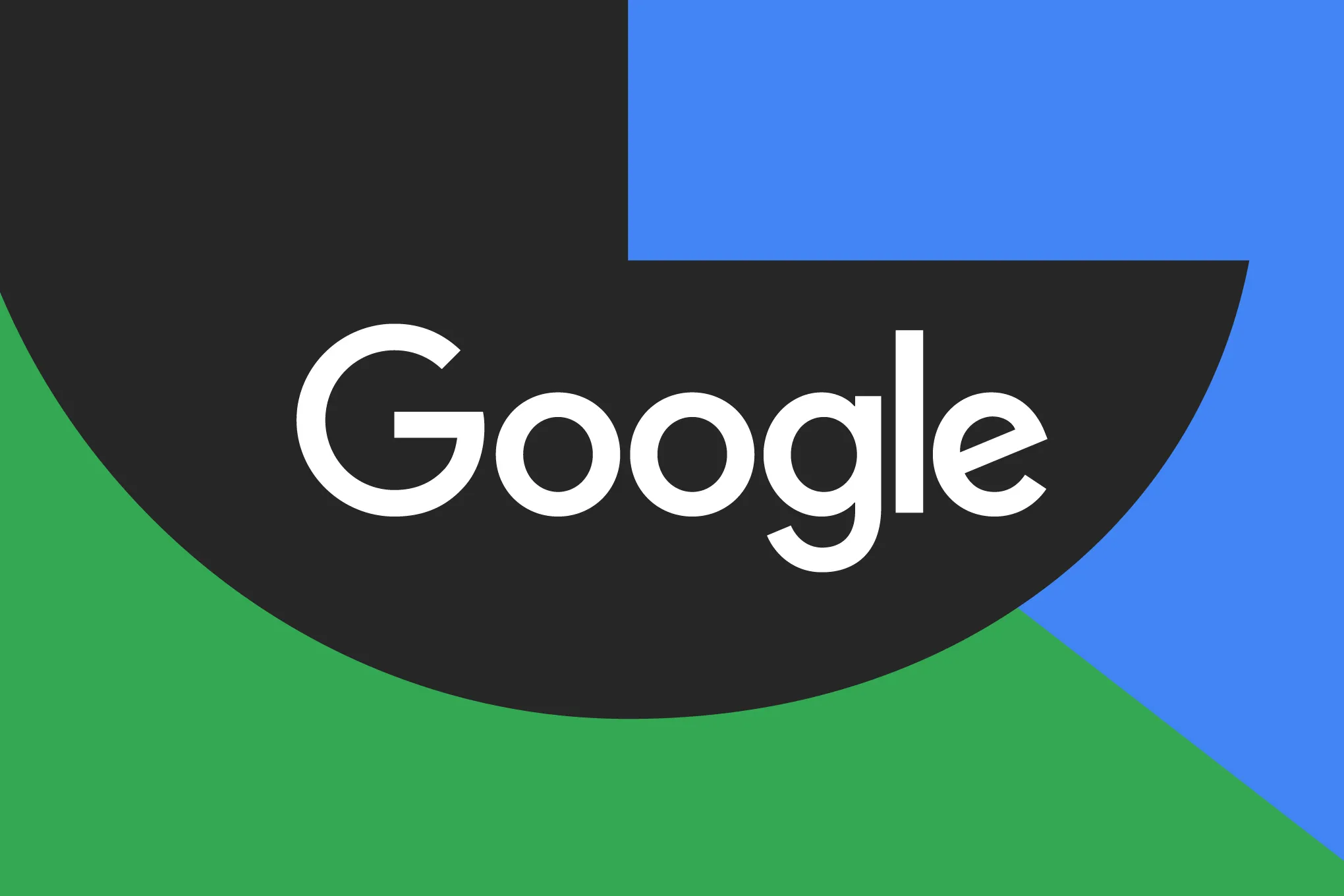
Google is rolling out some helpful updates to two of its popular apps: Google Drive and Files by Google. These changes are designed to make managing your files and watching videos much smoother.
First, Google Drive is getting a new video player. Now, when you upload a video to Drive and open it, you’ll notice a fresh look that matches Google’s latest design style. The controls, like play and pause, are easier to use and look cleaner. This update makes it simpler to watch videos directly in Drive without needing to download them first.
Meanwhile, the Files by Google app is also getting a makeover. The app is adopting Google’s Material 3 design, which means it looks brighter and more modern. The buttons and menus are easier to see and use, making it simpler to find, move, and organize your files. There are also new color options and improved icons, so everything feels more user-friendly.
Both updates show Google’s commitment to making its apps more helpful and enjoyable to use. Whether you’re watching videos in Drive or sorting files on your phone, these changes aim to save you time and make things less complicated. If you use these apps, keep an eye out for these new features—they should arrive soon!
-
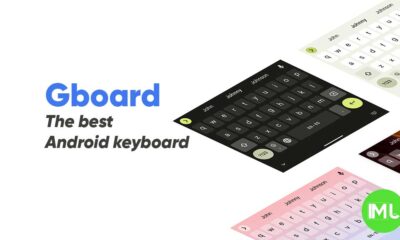
 Apps1 year ago
Apps1 year agoGboard Proofread feature will support selected text
-
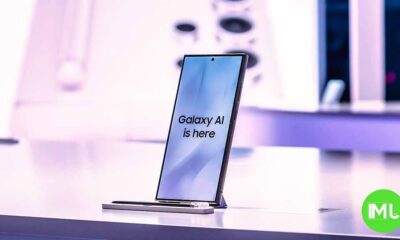
 News1 year ago
News1 year agoSamsung USA crafting One UI 6.1.1
-

 Apps12 months ago
Apps12 months agoGoogle Contacts app testing new Besties Widget
-
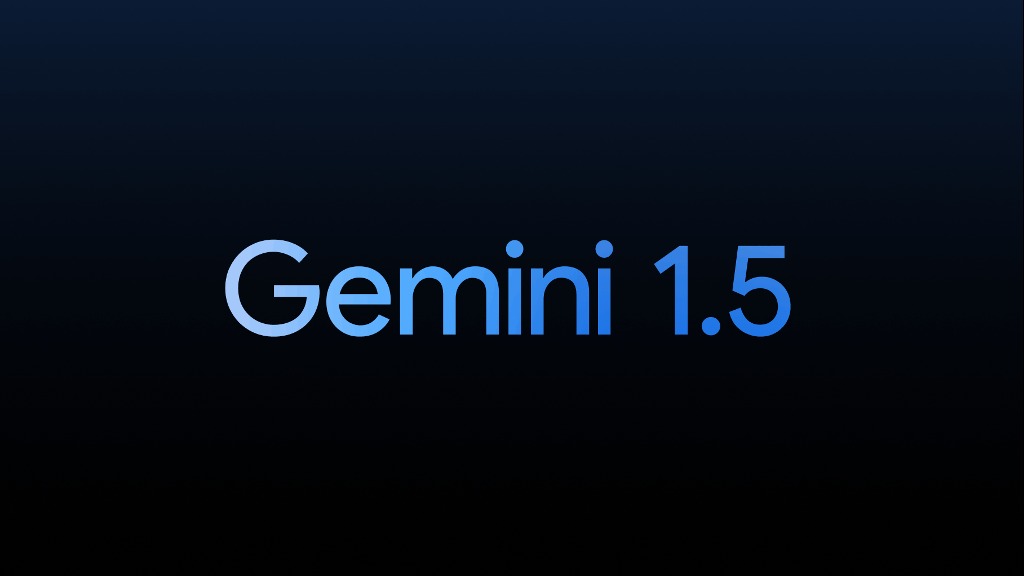
 AI12 months ago
AI12 months agoGoogle Pixel 9 Pro may come with a complimentary one-year Gemini Advanced subscription
-

 News1 year ago
News1 year agoBreaking: Samsung Galaxy S22 may get Galaxy AI features
-
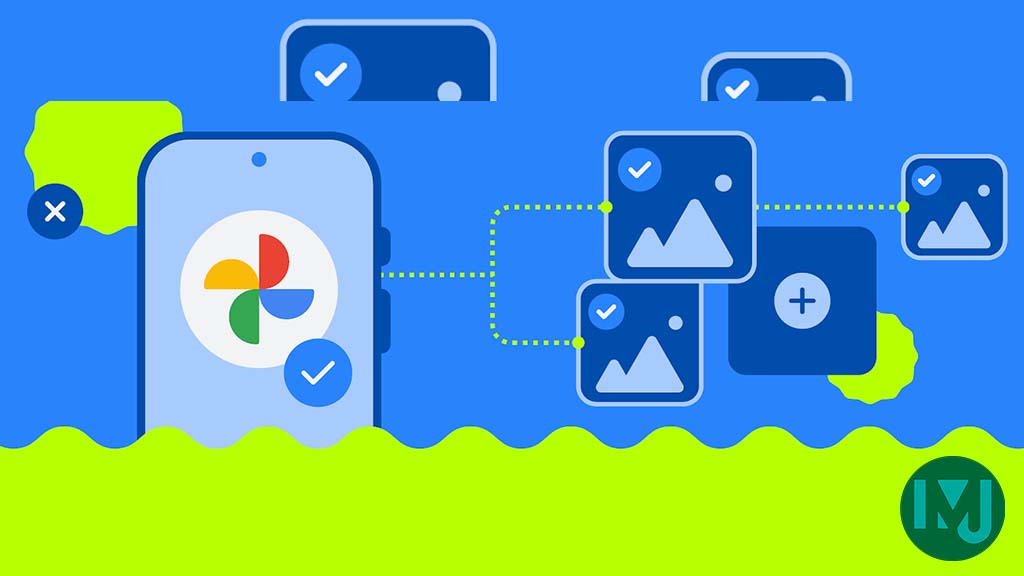
 Apps12 months ago
Apps12 months agoGoogle working on a new video editing feature for its Photo app
-
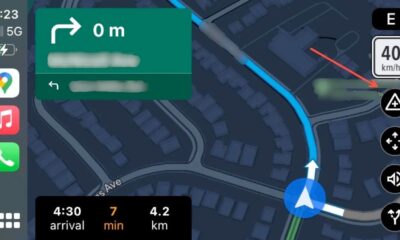
 Apps12 months ago
Apps12 months agoGoogle Maps lets you report traffic jams and accidents on Apple CarPlay, but not on Android Auto
-
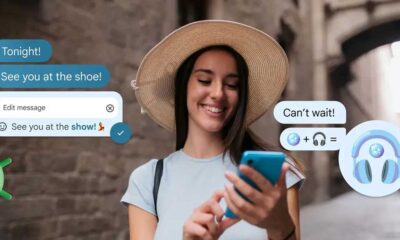
 Apps12 months ago
Apps12 months agoGoogle Messages app will transform MMS chats into RCS

